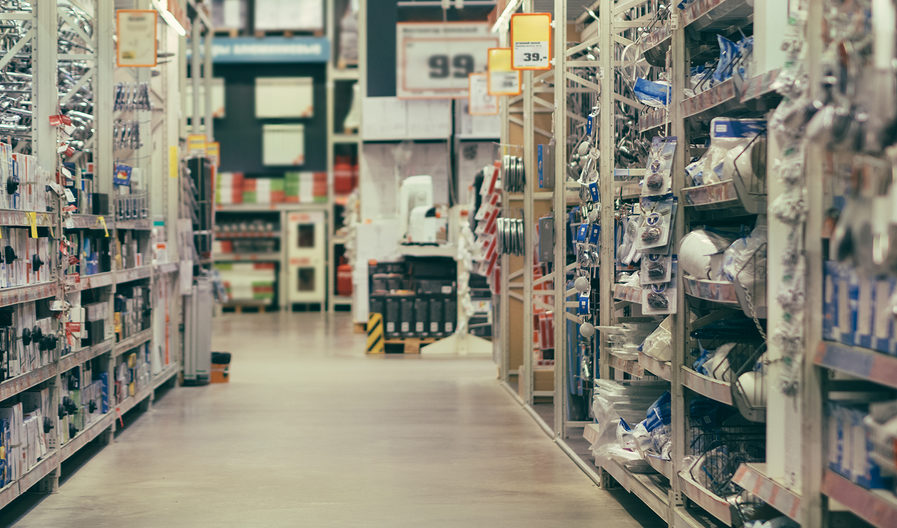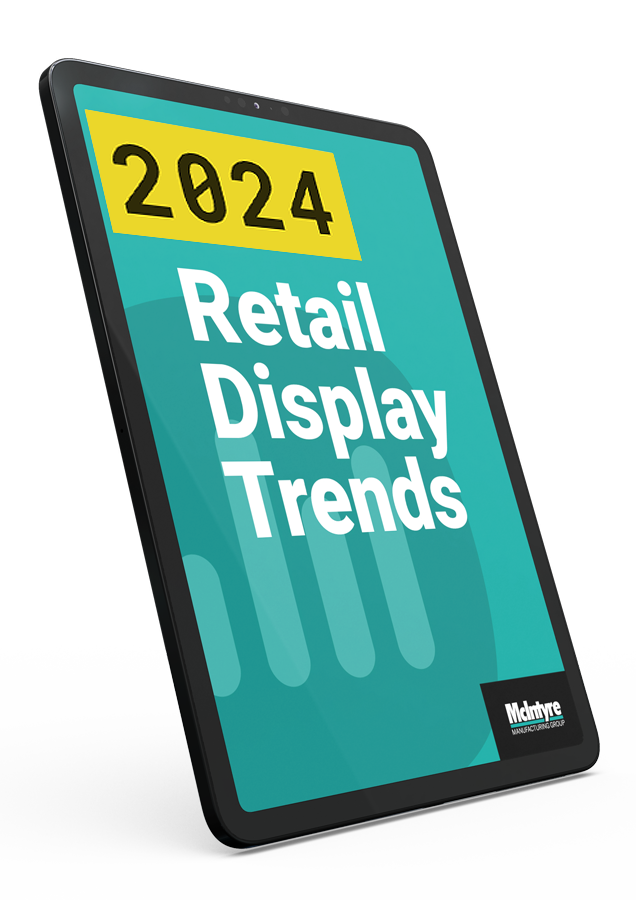What the Latest Retail Trends Mean for Your Business
Are the days of physical retail stores over? Do online shopping trends and companies like Amazon mean the death of brick-and-mortar facilities?
To borrow a quote from American humorist Mark Twain, “The reports of my death have been greatly exaggerated.”
In 2017, there were several concerns about the extinction of physical stores, claiming online retailers would drive their physical counterparts out of existence. However, statistics tell a much different story. In fact, according to HSI, a global retail research firm, 2017 was actually a promising year for retail stores, and indicators signal that 2018 will also be profitable.
Predictions focused on the physical store vs. the web and, as always, the truth is much more nuanced. Instead of panicking over the online marketplace, stores concentrated on enhancing the customer experience and giving clients more shopping options, according to an article from Forbes magazine. This was crucial to their success in 2017 and will continue to be a defining factor in 2018.
For example, Walmart now gives customers the option to shop online and have items delivered to their home or to the nearest store for pick up. The retail chain doesn’t force the shopper to choose either online or in store—it offers the option of both.
Statistics demonstrate retail growth among brick-and-mortar stores
According to statistics from IHL Group and the National Retail Federation:
- In 2017, there was an increase of more than 4,000 major retail store openings — if smaller retailers are included in this figure, it rises to more than 10,000.
- For every company that closed a store, 2.7 companies opened stores.
- 42% of store brands are opening new locations, 43% are holding steady and only 15% are showing a net decrease.
- For the first seven months of 2017, retail sales were up to $122 billion.
- Retailers are planning to open 5,500 more stores in 2018.
The big assumption was that Amazon was going to extinguish the retail industry because consumers would prefer online shopping. However, that wasn’t necessarily the case. In an interesting twist, Amazon is opening physical stores, according to Inc. magazine.
The retail giant hopes this strategy will pay off in 2018. Why did they decide to take this route?
- Amazon realized many book lovers enjoyed the experience of being in a physical store and touching the products.
- A brick-and-mortar store dramatically reduces shipping costs.
- The store presents a wonderful opportunity to showcase new technology, such as the Amazon Go network that “scans” items when you remove them from the shelves and automatically charges your account when you leave.
What do the 2018 retail trends mean for your POP displays?
Most shoppers make purchases both in-person and online because they are searching for more than a mere product; they are looking for a positive, exceptional customer experience—regardless of whether that happens on the computer screen or in the checkout line.
Some things remain unchanged…
The same principles of solid, dependable, effective POP design still ring true—now more than ever. You should continue to:
- Use the psychological power of color to connect with your customers
- Use textures to create inviting and interesting experiences
- Use lighting to draw people to your product
- Encourage impulse buys with inviting and convenient design
But innovation and creativity become even more important in 2018.
Just as retailers had to think outside the box to get a jump on online competitors, you’ll have to integrate several elements to create a meaningful customer experience. While there is no “one size fits all” in this industry, consider these four ideas for your new POP display:
- Interactive displays
Customers like to touch, feel, and experience products. Laptops, tablets, and phones should always have a functioning model on display so they can get the feel of the keyboard. (Of course, valuable electronics should always be accompanied by a secure POP display.)
- Tools and hardware
Be sure to place your display where it can receive the most attention. Carefully evaluate the flow of foot traffic to be sure your display is conveniently located.
- Integrate technology into your displays.
This could be anything from game consoles to interactive video screens to specific songs that play when a customer engages with your product.
- Use QR codes to your advantage.
The customer experience doesn’t end when they leave the store. Perhaps your display features a QR code that leads clients to special offers, an app or even a free game.
Need some more ideas? We’ve got plenty of ways to help you
We’ve seen retail trends come and go. We understand the importance of a stable, consistent return on your investment. That’s why we have a dedicated team of engineers, designers and manufacturers to make your vision a reality. Contact us to learn more about how we can help you.
Since 1977, McIntyre Manufacturing Group has created custom-designed displays with an uncompromised dedication to customer service. We utilize the latest technology and attention to detail to create the finest products with excellent craftsmanship. If you can dream it, we can create it. Contact us to see how we can bring your vision to life.



